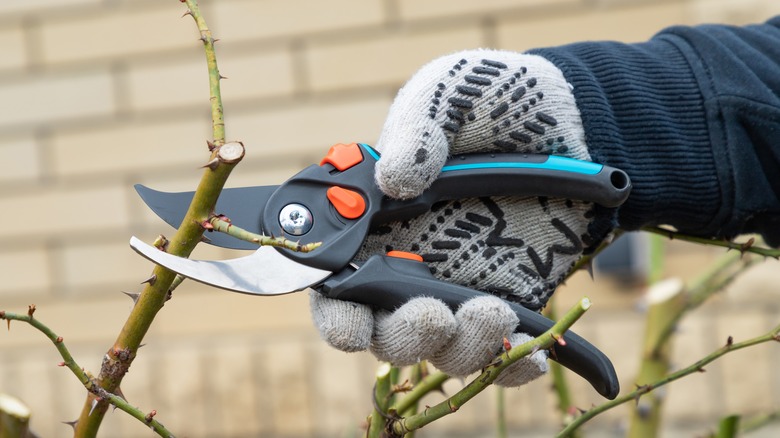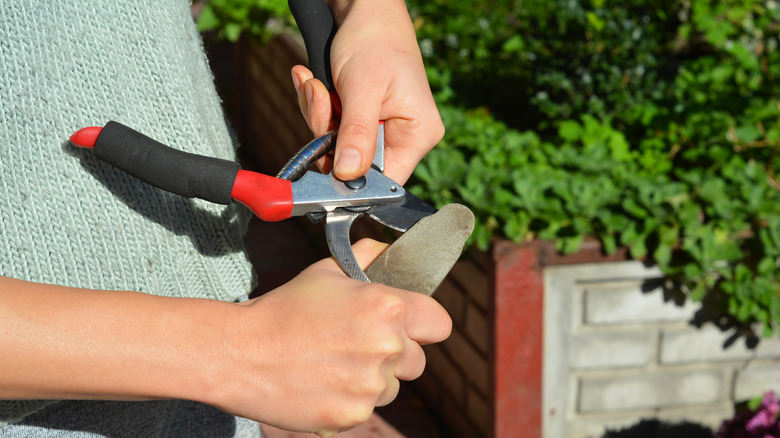Can You Add An Edge To Your Pruning Shears With A Kitchen Knife Sharpener?
Imagine this: It's a bright Saturday morning and you're all excited to dive into your gardening plans. Just as you're about to start, you discover your go-to pruning shears are dull and practically useless. If you're a big home improvement person, this is the one of the reasons to buy a sharpening stone. But for many beginners, it's not unusual to only have a kitchen knife sharpener readily available.
Can a kitchen knife sharpener even help bring back to life the edge of pruning shears? You bet it can, but it's not as straightforward as restoring the sharpness of a simple kitchen knife used in meals. Utilizing a kitchen knife sharpener requires making adjustments that will surely get good results if done with precision and care but not long-lasting outcomes that will magically fix all your dull blade problems.
Maintaining the sharpness of tools, especially those used in gardens and kitchens, is not only for aesthetic purposes. Ensuring that the blade is sharp is a step toward preventing any untoward incidents. There is an increased chance of injury with dull blades because it requires more force when using. Also, make sure that you prioritize your safety when using any sharpener by wearing protective eyewear and gloves and keeping the blade away from your face.
The secret to using kitchen knife sharpeners
The most popular kitchen knife sharpener is the pull-through design, which you pull the blade through the V-shaped intersection of two files, but you may also have a whetstone or file for your knives. Proper sharpening relies heavily on the angle, and different type of blades have different angle requirements, so it's always best to sharpen to the factory bevel.
You'll need to adjust your hand to allow the blade to touch the sharpener at the correct angle. You might also need to dismantle the shears to allow better angle control. For an anvil style, prioritize sharpening the beveled edge, the part that does the cutting, instead of the lower anvil, which could sometimes lead to misalignment of the shears. If you have bypass shears, you'll need to sharpen both blades. Afterward, run a file over the blade to remove any burrs. It is also important to use a lubricant to clean and to prevent any rust from forming.
Keep in mind that using a kitchen knife sharpener will not completely restore your pruning shears to its high quality. While it will be sharp, it might not take long before you have to do it again. This method is useful for that quick touch-up when going to the store is not ideal, especially when you're ready to tackle a big gardening task. So, if you often find yourself with dull pruning shears, it's time to invest in more durable tools such as a diamond file or even a small honing kit. These are designed specifically to maintain durability of most essential garden tools for more effective use.

